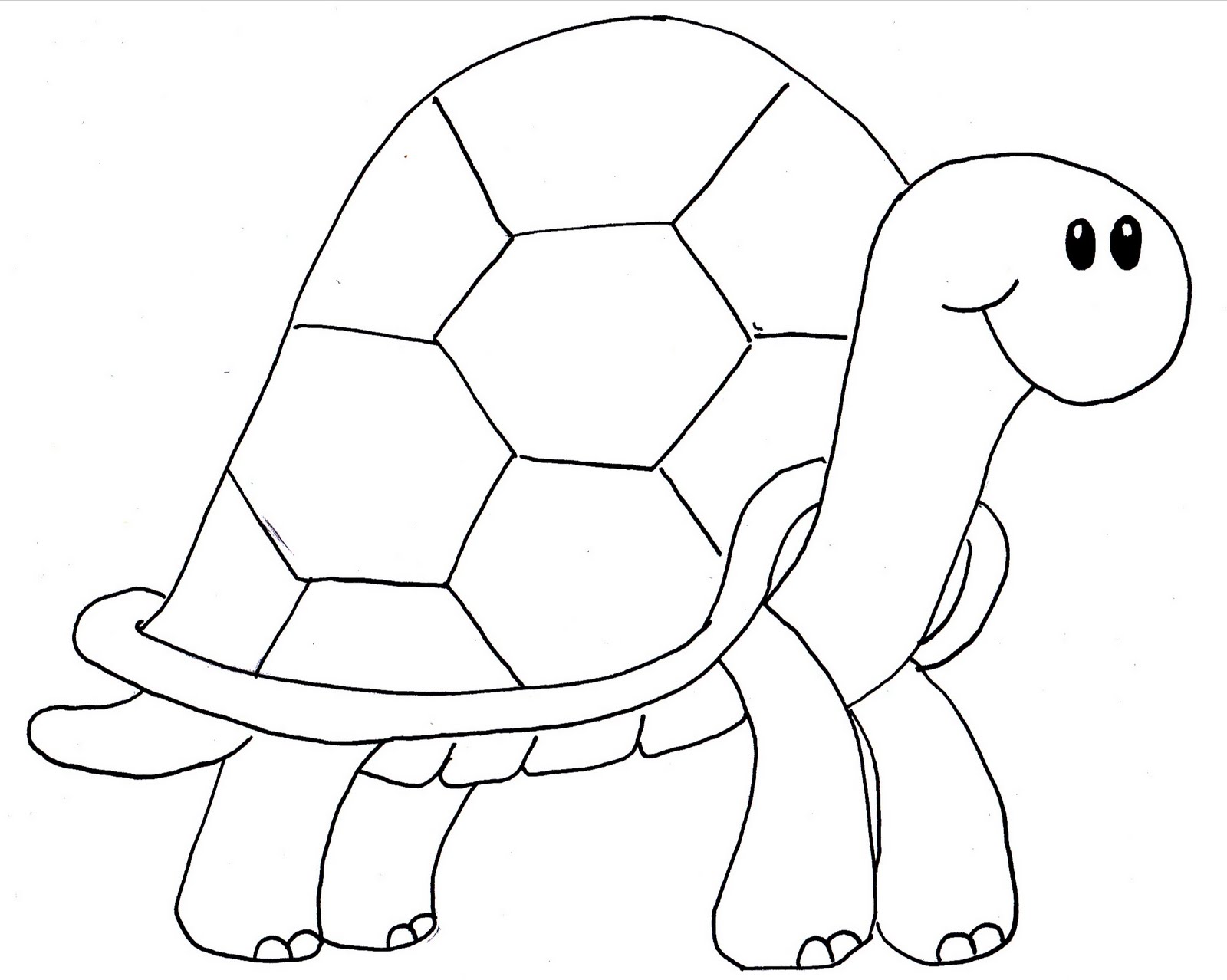Turtle drawing is a fascinating artistic endeavor that captivates both beginners and seasoned artists alike. Whether you’re looking to sketch a cute cartoon turtle or create a lifelike representation, this comprehensive guide will take you through the steps necessary to master this skill. In this article, we will explore techniques, tips, and resources that will enhance your turtle drawing abilities and inspire your creativity.
As an artist, understanding the anatomy and characteristics of turtles can greatly improve your drawing skills. By focusing on proportions, shapes, and textures, you can create stunning representations that truly capture the essence of these magnificent creatures. Let's embark on this artistic journey together!
Table of Contents
- 1. Understanding Turtle Anatomy
- 2. Tools and Materials for Turtle Drawing
- 3. Step-by-Step Guide to Drawing a Turtle
- 4. Exploring Different Turtle Styles
- 5. Tips for Improving Your Turtle Drawings
- 6. Common Mistakes to Avoid
- 7. Resources and Tutorials for Turtle Drawing
- 8. Showcasing Your Turtle Drawings
1. Understanding Turtle Anatomy
Before you begin turtle drawing, it's essential to understand the anatomy of a turtle. This knowledge will help you create more accurate and lifelike representations. Turtles have unique features that set them apart from other animals.
- Shell: The most recognizable aspect of a turtle is its shell, which is divided into the carapace (top) and plastron (bottom).
- Head: The head of a turtle varies in shape and size depending on the species.
- Limbs: Turtles have four limbs that play a crucial role in their movement.
- Tail: The tail is often small and can vary in length based on the turtle species.
By studying these features, you can develop a better understanding of how to depict turtles accurately in your drawings.
2. Tools and Materials for Turtle Drawing
Having the right tools and materials is vital for any artistic endeavor. Here’s a list of essential items for turtle drawing:
- Graphite Pencils (various hardness levels)
- Erasers (kneaded and regular)
- Sketch Paper or Drawing Pad
- Colored Pencils or Markers (optional)
- Blending Stumps for shading
Invest in quality materials to enhance your drawing experience and achieve better results.
3. Step-by-Step Guide to Drawing a Turtle
Now that you have a basic understanding of turtle anatomy and the necessary tools, let’s go through a step-by-step process for drawing a simple turtle.
Step 1: Sketch the Outline
Begin by lightly sketching the outline of the turtle's shell and body. Focus on getting the proportions right. Use simple shapes like circles and ovals to form the basic structure.
Step 2: Add Details
Once the outline is complete, start adding details like the head, limbs, and tail. Pay attention to the unique features of the turtle species you are drawing.
Step 3: Refine Your Drawing
Go over your initial sketch to refine lines and add texture to the shell. Use short strokes to create the appearance of scales or markings.
Step 4: Shade and Color
Finally, add shading to give your turtle depth. If you’re using colored pencils or markers, choose colors that reflect the natural hues of turtles.
4. Exploring Different Turtle Styles
There are various styles of turtle drawing, ranging from realistic to cartoonish. Here are some popular styles to experiment with:
- Realistic: Focus on accuracy and detail to create lifelike representations.
- Cartoon: Emphasize exaggerated features and bright colors for a fun, whimsical look.
- Abstract: Use shapes and colors to represent turtles in a non-literal way.
Experimenting with different styles can help you develop your unique artistic voice.
5. Tips for Improving Your Turtle Drawings
Here are some expert tips to enhance your turtle drawing skills:
- Practice regularly to improve your technique.
- Study photographs and real turtles to understand their anatomy better.
- Experiment with different mediums to find what you enjoy most.
- Seek feedback from other artists or online communities.
6. Common Mistakes to Avoid
As you embark on your turtle drawing journey, be mindful of these common pitfalls:
- Neglecting proportions, which can lead to unrealistic drawings.
- Over-shading or under-shading your work.
- Rushing through the process without taking time to refine your drawing.
7. Resources and Tutorials for Turtle Drawing
To further develop your skills, consider exploring these resources:
- Online drawing tutorials (YouTube, Skillshare)
- Books on animal anatomy for artists
- Art communities like DeviantArt or Pinterest for inspiration
8. Showcasing Your Turtle Drawings
Once you’ve created some turtle drawings, consider sharing them with the world. You can:
- Post on social media platforms like Instagram or Facebook.
- Create a portfolio website to display your work.
- Participate in local art shows or competitions.
Conclusion
Mastering turtle drawing takes time, practice, and patience. By understanding turtle anatomy, utilizing the right tools, and experimenting with different styles, you can create stunning turtle art. Don’t forget to seek feedback and continuously improve your skills. We encourage you to leave your thoughts in the comments, share this article with fellow artists, and explore more art-related content on our site!
Penutup
Thank you for joining us on this artistic journey into turtle drawing! We hope you found this guide helpful and inspiring. Don’t hesitate to return for more tips, tutorials, and resources. Happy drawing!
Xavi Cantante: The Rising Star Of Latin Music
Understanding Pure TS: A Comprehensive Guide
Kevin Games: A Comprehensive Guide To Online Gaming Excellence

